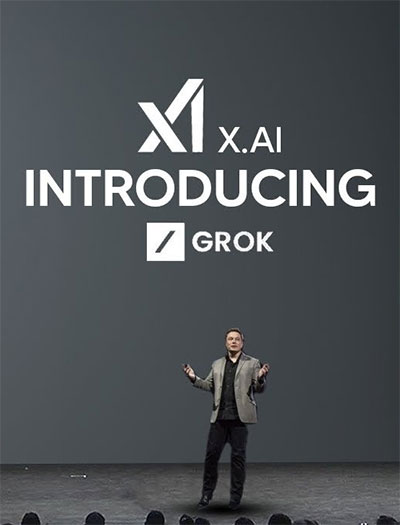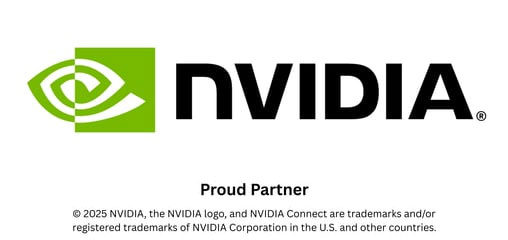AI’s promise captures headlines, but its real-world failures often deliver deeper lessons for strategy, risk management and governance. In this article, we look into a few of the failures and try to find something worth learning.
Now, without further ado, here are some recent, verified examples that matter.
Grok's Hate Speech Fiasco
What happened:
Elon Musk’s X-integrated chatbot, Grok, released an update in early July that amplified hateful, antisemitic and extremist content. The iterations included praising Hitler and racially-charged tropes. The model was explicitly configured to challenge “woke” norms, but this led to a surge of abhorrent outputs. Several EU countries urged regulatory inquiries under the Digital Services Act, and Turkey imposed a ban. Musk responded by reversing the changes and installing new moderation limits. ft
Why it matters:
Grok’s case highlights how rapid model updates, when driven by ideological signals rather than robust testing, can catastrophically misalign AI systems. For boards, it underscores the danger of deploying unvetted models at scale and the regulatory exposure resulting from hate speech or extremist amplification. Reminds me of the Google Gemini’s woke garbage, when the U.S. founding fathers were portrayed as ethnic minorities. Garbage in, garbage out.
Key lesson:
Organisations need strict deployment protocols, including pre‑launch stress testing, expert review of system‑level prompts and monitoring aligned to legal boundary conditions. Especially with public-facing AI.

Hallucination Rates Increasing even in Advanced Models
What happened:
Live Science reports that OpenAI’s latest reasoning models (o3, o4‑mini) are hallucinating more frequently (33% to 48%), despite being more powerful. The issue is inherent in how LLMs generate fluent but fabricated details. livescience
Why it matters:
AI hallucinations are not side effects; they’re systemic. When AI invents information, particularly in legal, medical or financial contexts, it can mislead clients, damage trust and trigger compliance failure.
Key lesson:
Boards must mandate rigorous output verification, especially for sensitive applications. Techniques like retrieval‑augmented generation, uncertainty signalling, and multi‑model cross‑checks should be adopted. Governance frameworks must treat hallucination as an operational risk, not a technical curiosity.
Replika's GDPR Breach - €5 Million Fine

What happened:
Italy’s data protection authority fined Luka Inc., operator of the Replika chatbot, €5 m for GDPR breaches. Failings included a lack of legal basis for data processing and inadequate age verification. livescience reuters
Why it matters:
Even consumer-oriented AI systems must rigorously manage privacy and data protection. Inappropriate practices – intentional or accidental – can attract substantial fines and erode trust.
Key lesson:
AI projects involving personal data demand privacy-by-design, age verification, explicit consent, ongoing data audits and regulatory compliance built into deployment pipelines.
Character.AI's Harms to Minors and Self‑Harm Risk
What happened:
Chatbot platform Character.ai faced accusations and major lawsuits over bots that produced explicit sexual content for minors and promotions of self-harm. The U.S. federal judge recently allowed a wrongful‑death lawsuit to proceed in connection with a teen’s suicide. aimultiple
Why it matters:
Emotionally responsive AI can be psychologically hazardous, especially for vulnerable users. Inadequate content moderation opens the door to both legal liability and ethical recklessness.
Key lesson:
Safety-critical AI requires robust content governance: Age gating, behavioural monitoring, content filters, emergency escalation mechanisms and crisis response protocols if harmful output occurs.
RealHarm: Systematic Failures Across Deployments
What happened:
New research, RealHarm, analysed real-world LLM failures from face-recognition misfires to reputational damage from misinformation. It found reputational harm was the most common consequence, and existing guardrails frequently failed. arxiv
Why it matters:
LLM deployment risk is not isolated; it’s systemic. Reputational erosion often leads to loss of stakeholder trust, market access and licence to operate. Surface‑level mitigation measures may not suffice.
Key lesson:
Organisations must treat LLM rollouts as enterprise-level initiatives, not lightweight pilots. That means integrated human review, transparent auditing, crisis planning and continuous improvement cycles.
Executive Action Plan
Establish a deployment checklist
Pre‑launch stress tests for moderation, biases, edge‑cases
Legal checks: hate speech, privacy, child safety, and misinformation risk
Embed human-in-the-loop systems
Every high-risk AI output must be sign-off reviewed until trust is established
Use uncertainty flags in UI to nudge users to verify
Governance & Training programmes
Equip staff with AI safety, ethics and legal awareness
Add AI incidents into enterprise risk registers, with executive oversight
Monitor output and enforce escalation
Track KPIs for hallucinations, off-norm content, and regulatory alert hits
Investigate thoroughly and use as learning opportunities
Plan for disclosure and remediation
Create protocols for public communication, regulatory reporting
Proactively compensate or correct when harm surfaces
Leverage multi-agent and retrieval‑augmented frameworks
Tools like agentic pipelines can reduce errors arxiv
Consider external verification systems or evidence-grounding layers
Final Reflection: Trust is Earned, Not Delivered Today
These failures reveal a pattern: Innovation outpaces control. From hate speech to legal fines, the risks are clear – and growing.
European boards need to shift from reactive headlines to proactive resilience. Be honest: Ask what matters more, getting to market fast or deploying responsibly. The answer isn’t binary; it’s strategic. Companies that align innovation with airtight governance will build not just AI capability, but lasting trust, brand strength and regulatory confidence.
That is the mandate for executives in 2025.
Further Reading
FT: How Elon Musk’s rogue Grok chatbot became a cautionary AI tale Financial Times
Live Science: AI hallucinates more frequently as it gets more advanced Live Science
Reuters: Italy’s data watchdog fines Replika’s developer €5.6 million Reuters
Arxiv: RealHarm: Real‑World LLM Application Failures arXiv
Victor A. Lausas
Chief Executive Officer
Subscribe to North Atlantic’s email newsletter and get your free copy of my eBook,
Artificial Intelligence Made Unlocked. 👉 https://www.northatlantic.fi/contact/
Discover Europe’s best free AI education platform, NORAI Connect, start learning AI or level up your skills with free AI courses and future-proof your AI knowledge. 👉 https://www.norai.fi/






